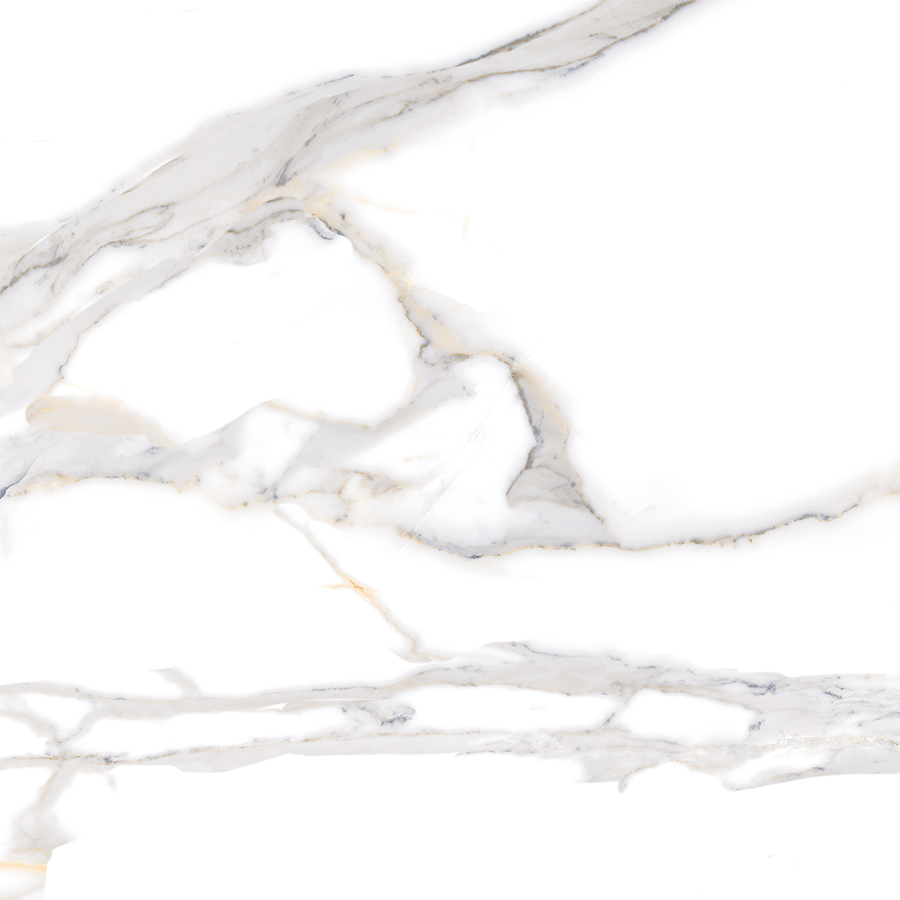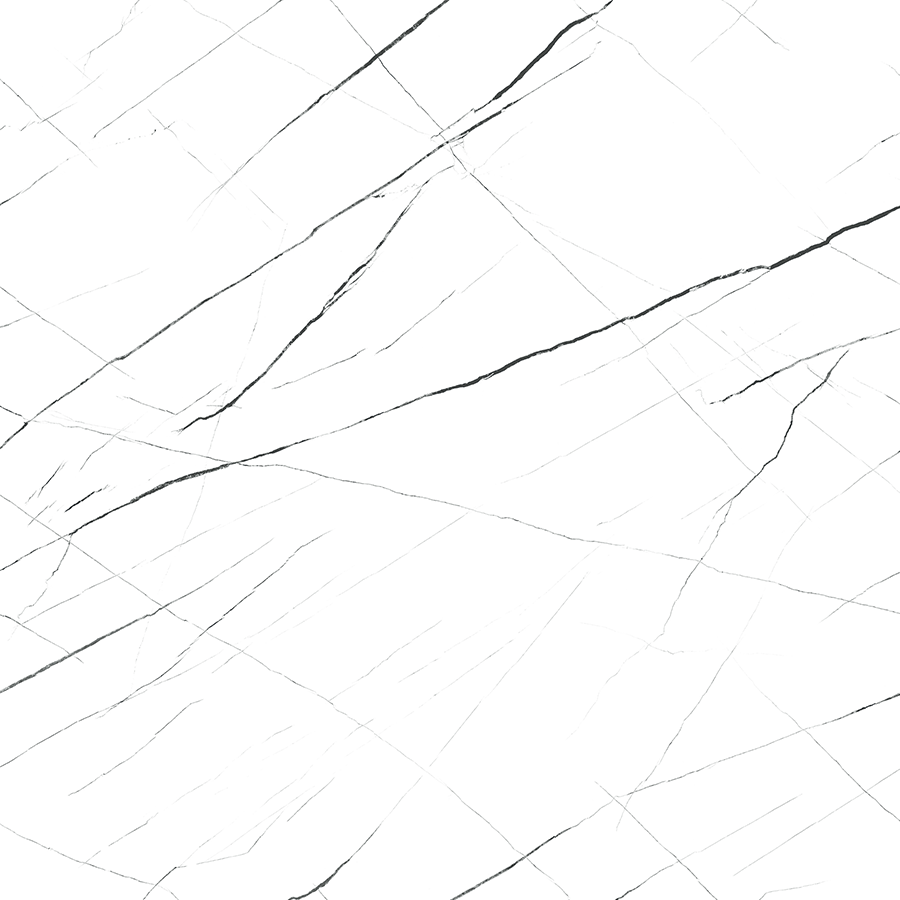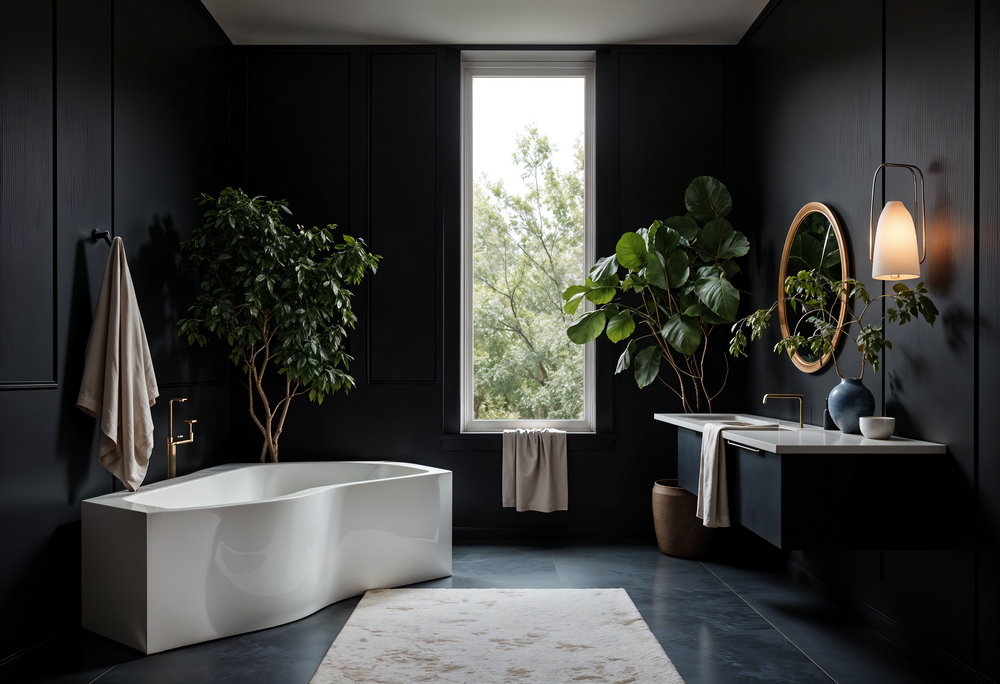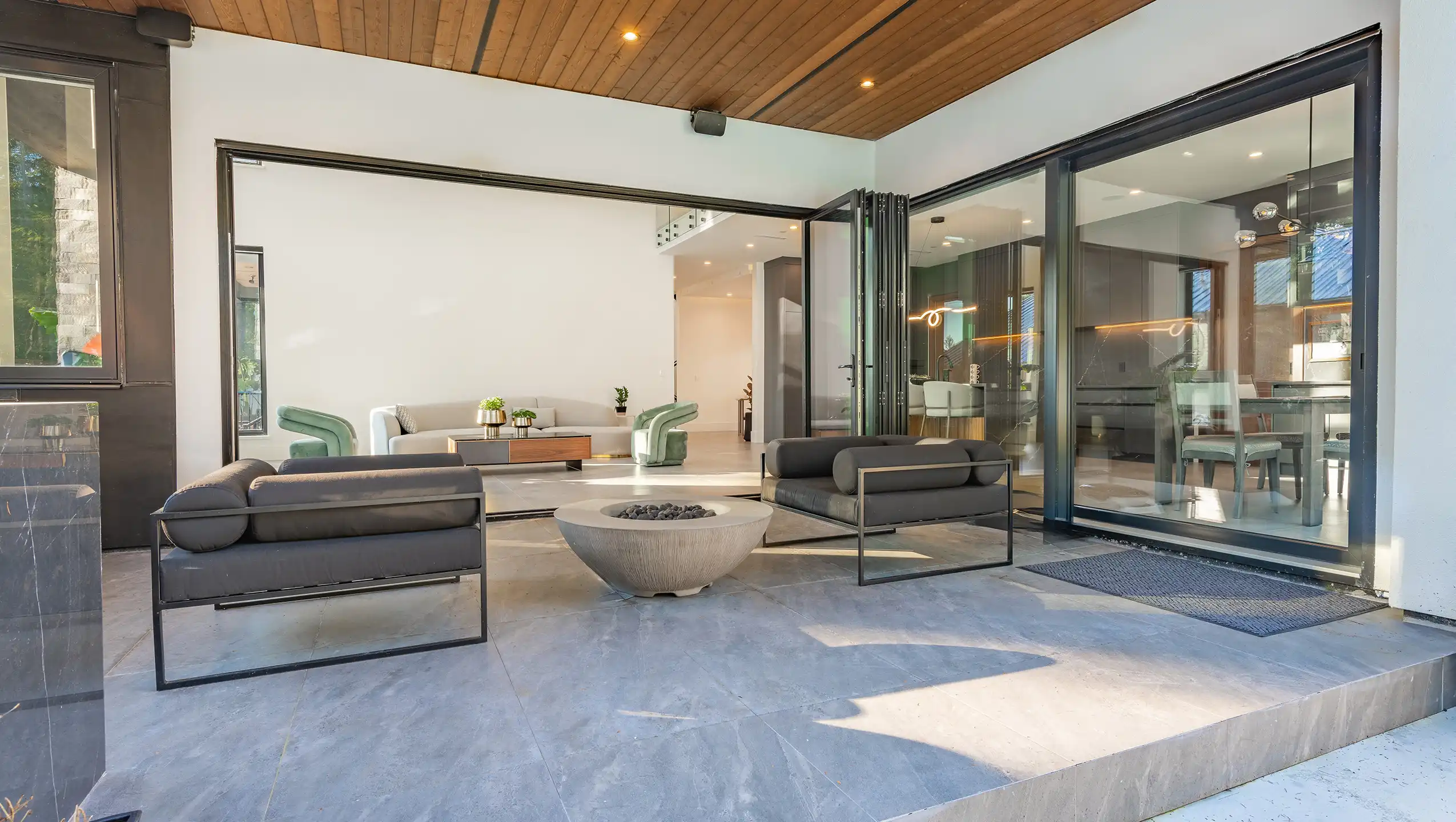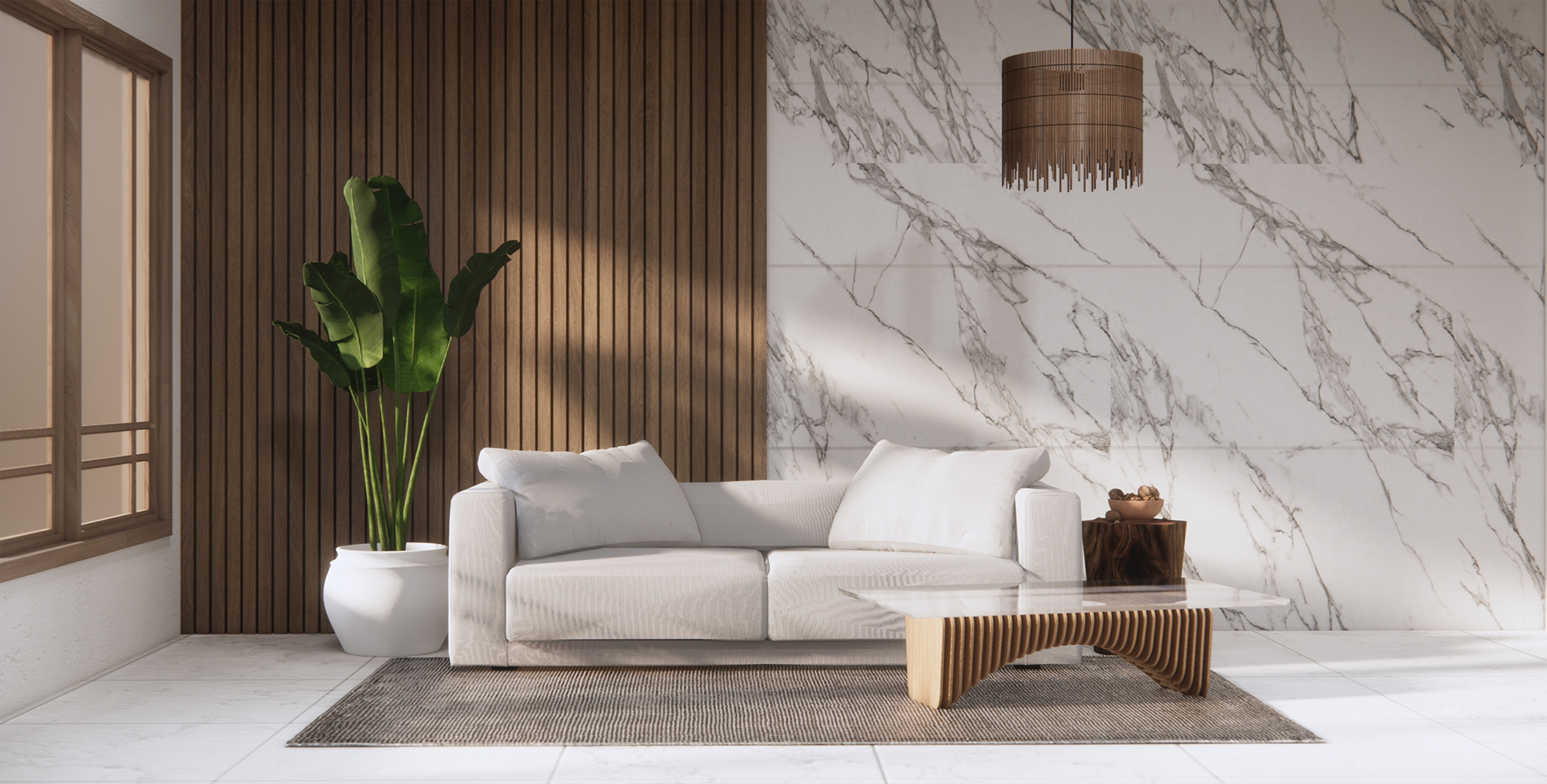Choosing Between Polished or Unpolished Granite? Understand Their Applications & Advantages
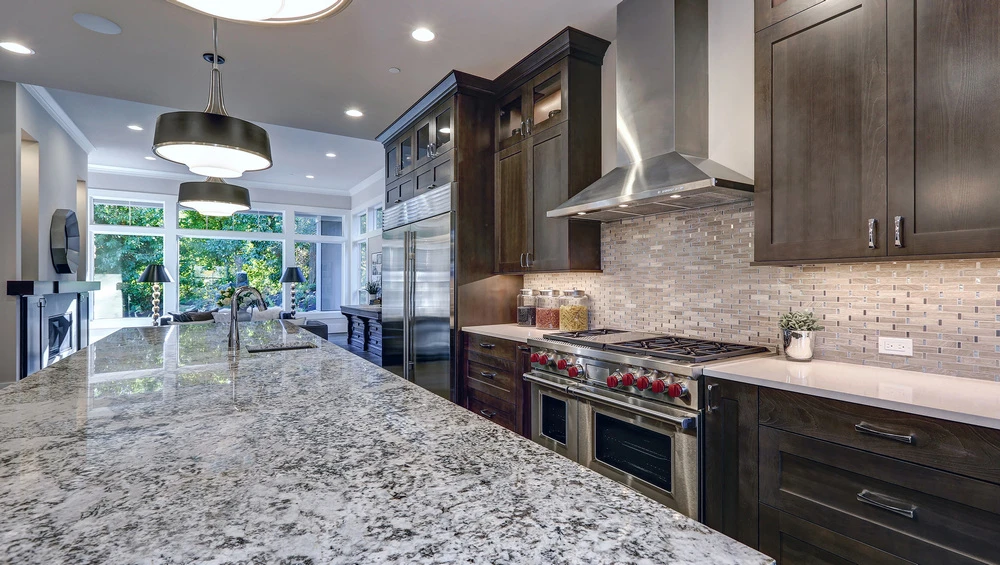
Photo By
In the world of architecture and interior design, the choice of flooring material is a critical factor that defines the beauty and comfort of a space. However, it is important for you to understand the difference between polished and unpolished granite, as each has different characteristics, functions, and advantages.
This article will thoroughly discuss the comparison between these two types of granite, from texture and safety levels to maintenance needs, so you can determine the best choice for your needs and home style.
The Difference Between Polished and Unpolished Granite
1. Texture and Surface Appearance
Polished granite has a smooth, glossy, and reflective surface thanks to a special machine-polishing process, making it appear luxurious and feel slick to the touch. Conversely, unpolished granite retains its natural rough and non-reflective texture, providing better grip and presenting a natural, rustic feel to the floor surface.
2. Impermeability and Stain Resistance
The polishing process on polished granite effectively seals the stone's surface pores, creating an impervious layer that makes it highly resistant to liquid and stain penetration. Meanwhile, unpolished granite, with its open-pore structure, is more vulnerable to absorbing liquids like oil, coffee, or ink.
For applications in kitchens or spill-prone areas, polished granite is more practical and hygienic. Unpolished granite requires periodic sealing treatment every 1-2 years to prevent stains from permanent absorption.
3. Safety and Traction
A key difference between polished and unpolished granite lies in their texture and safety level when used in various areas. Unpolished granite offers superior traction due to its rough and uneven surface, making it very safe and anti-slip, especially in wet areas like bathrooms, swimming pool surrounds, or outdoor stairs.
Conversely, polished granite has a slick and glossy surface that can become hazardous when exposed to water or oil. This fundamental difference is why unpolished granite is preferred for areas where safety is a high priority, while polished granite is better suited for dry areas.
4. Care and Maintenance
Polished granite requires special care to maintain its shine, including cleaning with a pH-neutral cleaner and avoiding abrasive chemicals. Unpolished granite is more scratch-resistant and doesn't need as much daily attention, but it requires periodic sealing to protect against stains. Polished maintenance is more frequent, while unpolished maintenance is more periodic.
Key Advantages of Polished Granite
1. Creates a Luxurious Impression
Polished granite offers a highly luxurious visual appeal thanks to its mirror-like glossy surface that perfectly reflects light. The intensive polishing process gives the stone a high shine that can transform a room to appear more magnificent and classy. Every natural pattern and vein on the granite also appears clearer and sharper, making it a focal point in any room. Because of its luxurious appearance, polished granite is often the top choice for interior designs that prioritize a lavish and premium feel.
2. Resistance to Stains and Liquids
The tightly sealed surface from the polishing process gives polished granite exceptional resistance to stains and liquids. The stone's perfectly sealed pores prevent the penetration of oil, coffee, wine, or other coloring agents. This non-porous quality not only makes cleaning stains easier but also ensures optimal hygiene, especially for applications in kitchens or areas prone to spills.
3. Exceptional Durability and Strength
Polished granite has exceptional resistance to scratches, heat, and wear. This material can withstand exposure to high temperatures without damage, making it ideal for kitchen areas frequently exposed to hot cookware. Its high structural strength guarantees a long lifespan, even in high-traffic areas. An investment in polished granite is a guarantee of long-term satisfaction, with performance that remains optimal for decades.
4. Significant Added Property Value
The difference between polished and unpolished granite isn't just in appearance, but also in the value it can add to a property. Installing polished granite can significantly increase a property's value as it is considered a premium feature in the construction world. This material not only adds visual appeal but also reflects the high quality of the building.
Key Advantages of Unpolished Granite
1. Superior Safety and Anti-Slip Level
Unpolished granite has a naturally rough and uneven surface characteristic, providing optimal traction (or grip) in various floor conditions. Its unpolished texture makes it highly effective in preventing the risk of slipping. This safety advantage makes it perfectly suited for application in accident-prone areas, such as bathrooms, pool areas, kitchens, stairs, and outdoor patios.
2. Resistance to Scratches and Damage
Since its surface does not undergo a polishing process, unpolished granite is naturally more resistant to scratches, abrasion, and daily wear and tear. Its natural texture can mask signs of use, keeping it looking good even when applied in high-traffic areas like corridors, family rooms, or commercial spaces. Its high durability makes unpolished granite a luxurious yet practical choice for a long-lasting and durable material.
3. Easier and More Minimalist Maintenance
Unlike polished granite, which requires special care, unpolished granite is easier to maintain daily. Its non-glossy surface does not easily show fingerprints, dust, or fine scratches. Routine wiping with water and a neutral soap is enough to keep its surface looking clean and well-maintained.
4. Authentic Natural and Rustic Feel
Unpolished granite retains the original character of natural stone with all its unique textures and patterns. Its natural appearance is perfect for creating a warm and rustic home atmosphere, especially for industrial or natural design concepts. Each slab of unpolished granite is unique, creating an organic feel that differs from uniform, factory-made materials.
Understanding the difference between polished and unpolished granite is essential for choosing the right floor for your needs. Polished granite provides a luxurious look, is easy to clean, and is stain-resistant, while unpolished granite offers superior traction, is scratch-resistant, and requires more practical maintenance.
Magia Macario Cream granite comes with a smooth surface and light cream nuances that make a room look more spacious, providing a luxurious yet warm impression. The Isla Cream collection features soft colors, while Smokey Cream combines cream and gray for a dramatic effect—both part of the durable and luxurious Magia Granite line.
Popular Collections
